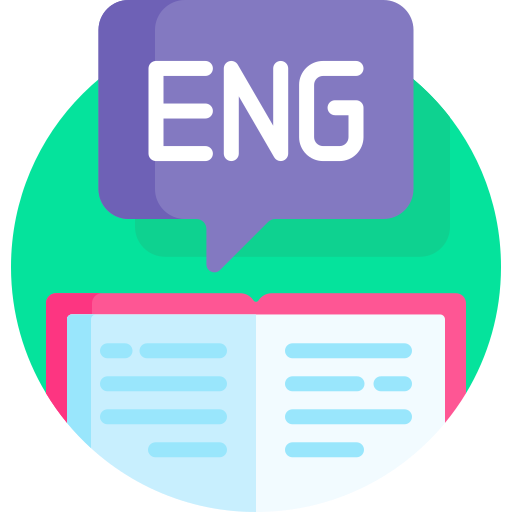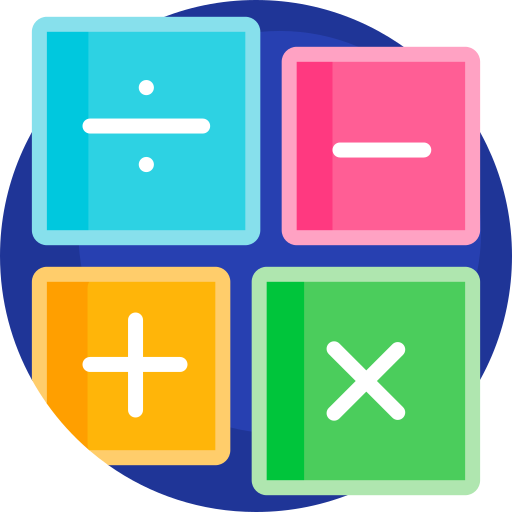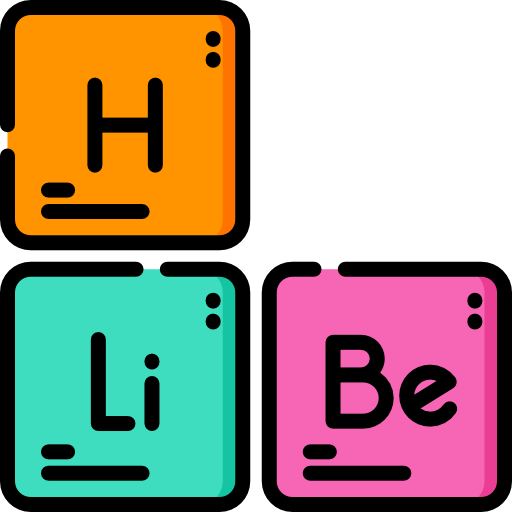Are you looking for the Class 11 Physics notes for the Federal Board and Punjab Board? Then look no more. Top Study World has combined the notes you need to go through in order to score your best in Physics exam for HSSC part I.
All Subjects 11th Class Notes in One Place










